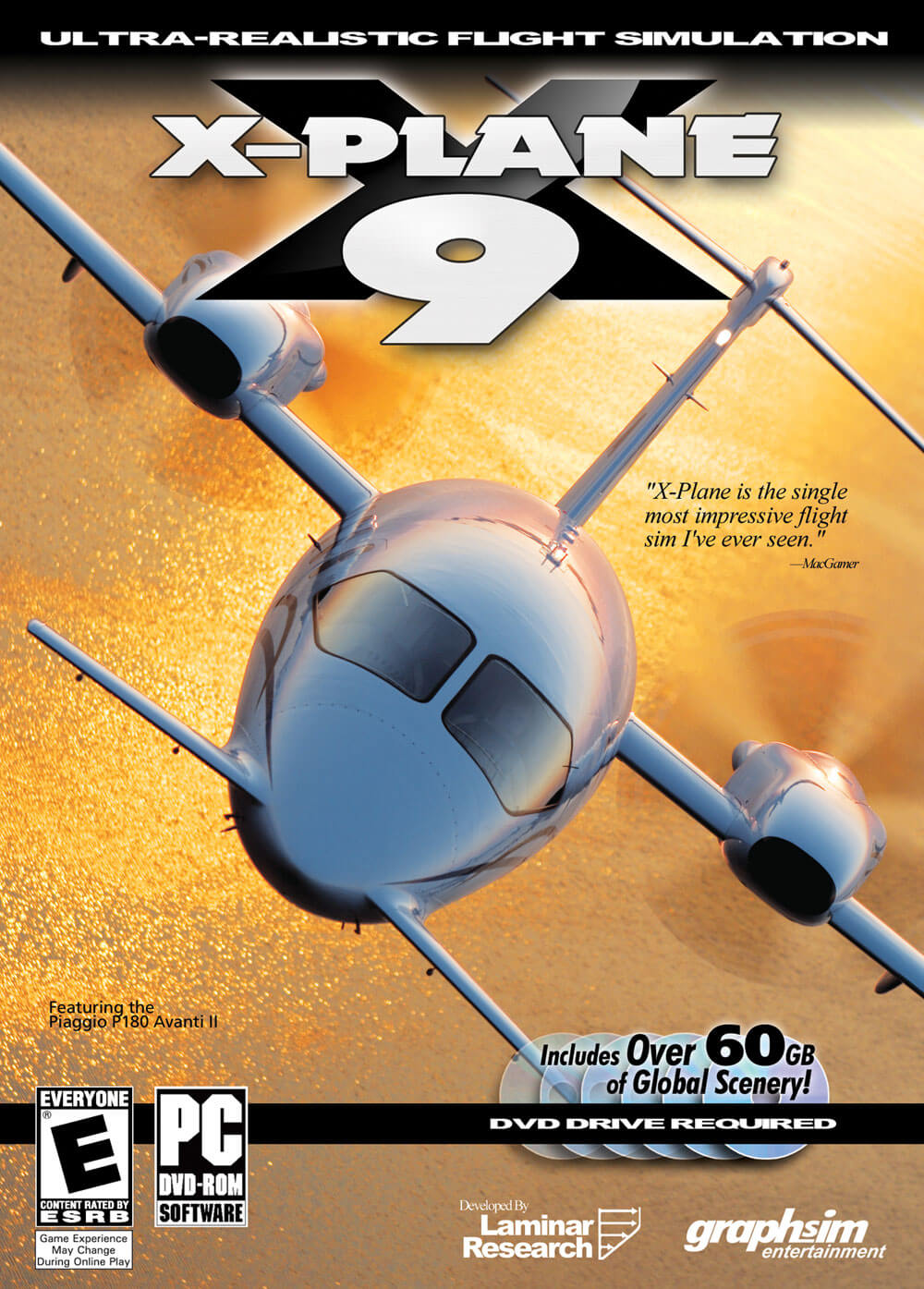

- #Bootx old world linux mac os 9.2 Pc
- #Bootx old world linux mac os 9.2 professional
- #Bootx old world linux mac os 9.2 windows
He wanted to name the computer after his favorite type of apple, the McIntosh, but the name had to be changed for legal reasons as it was too close, phonetically, to that of the McIntosh audio equipment manufacturer. The Macintosh project began in 1979 with Jef Raskin, an Apple employee who envisioned an easy-to-use, low-cost computer for the average consumer. Users communicated with the computer, using a metaphorical desktop that included icons of real life items, instead of abstract textual commands. The original 1984 Mac OS desktop featured a radically new graphical user interface. Apple does not license OS X for use on non-Apple computers, though it did for a short time through their official Macintosh clone licensing program from 1995 to 1997. The modern Mac, like other personal computers, is capable of running alternative operating systems such as Linux, OpenBSD, and, in the case of Intel-based Macs, Microsoft Windows with the aid of Boot Camp. Apple also develops the operating system for the Mac, currently OS X version 10.9 "Mavericks". Apple exclusively produces Mac hardware, choosing internal systems, designs, and prices.
#Bootx old world linux mac os 9.2 Pc
Apple facilitates all aspects of its hardware and creates its own operating system that is pre-installed on all Mac computers, unlike most IBM PC compatibles, where multiple sellers create and integrate hardware intended to run another company's operating software. Production of the Mac is based on a vertical integration model. Its Xserve server was discontinued on January 31, 2011.

Current members of the desktop lineup include the all-in-one iMac, entry-level Mac mini, and the Mac Pro tower graphics workstation, while the MacBook Air and MacBook Pro make up the laptop offerings. Modern members of the Mac family are broken into two groups, desktops and laptops. The Mac lineup is now entirely based on these processors and associated systems. In 1998, Apple consolidated its multiple consumer-level desktop models into the all-in-one iMac, which proved to be a sales success and saw the brand revitalized.Īnother switch occurred with Apple's transition to Intel processors starting in 2006.
#Bootx old world linux mac os 9.2 windows
Nonetheless, the falling prices of PC components and the release of Windows 95 caused Apple to struggle as the Macintosh user base declined. The performance advantage of 68000-based Macintosh systems was eroded by Intel's Pentium, and starting in 1994 the Macintosh started a move to the PowerPC-based Power Macintosh line. Although the aggressively priced IBM Personal Computer soon overtook Apple in sales, Macintosh systems found success in education and desktop publishing and kept Apple as the second-largest PC manufacturer until 1994 when it was overtaken by Compaq.īy 1990 onwards, improvements in the rival Wintel platform, notably with the introduction of Windows 3.0, gradually took market share from the more expensive Macintosh systems. The 128 was followed by numerous updated models also based on the Motorola 68000 family processors, producing a family of products in the Macintosh lineup. This was the first mass-market personal computer featuring a graphical user interface and mouse. Steve Jobs introduced the Macintosh 128k on January 24, 1984.
#Bootx old world linux mac os 9.2 professional
The Macintosh ( / ˈ m æ k ɨ n t ɒ ʃ / mak-in-tosh), marketed as Mac, is a line of personal computers (PCs) designed, developed, and marketed by Apple Inc. It is targeted mainly at the home, education, and creative professional markets.


 0 kommentar(er)
0 kommentar(er)
